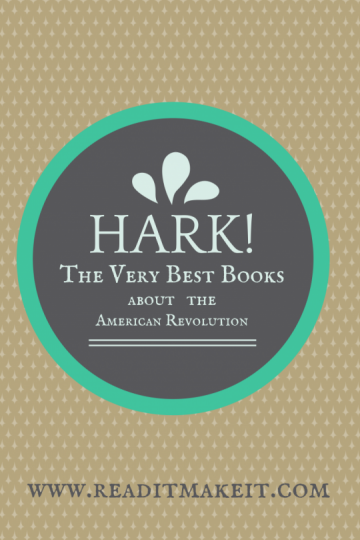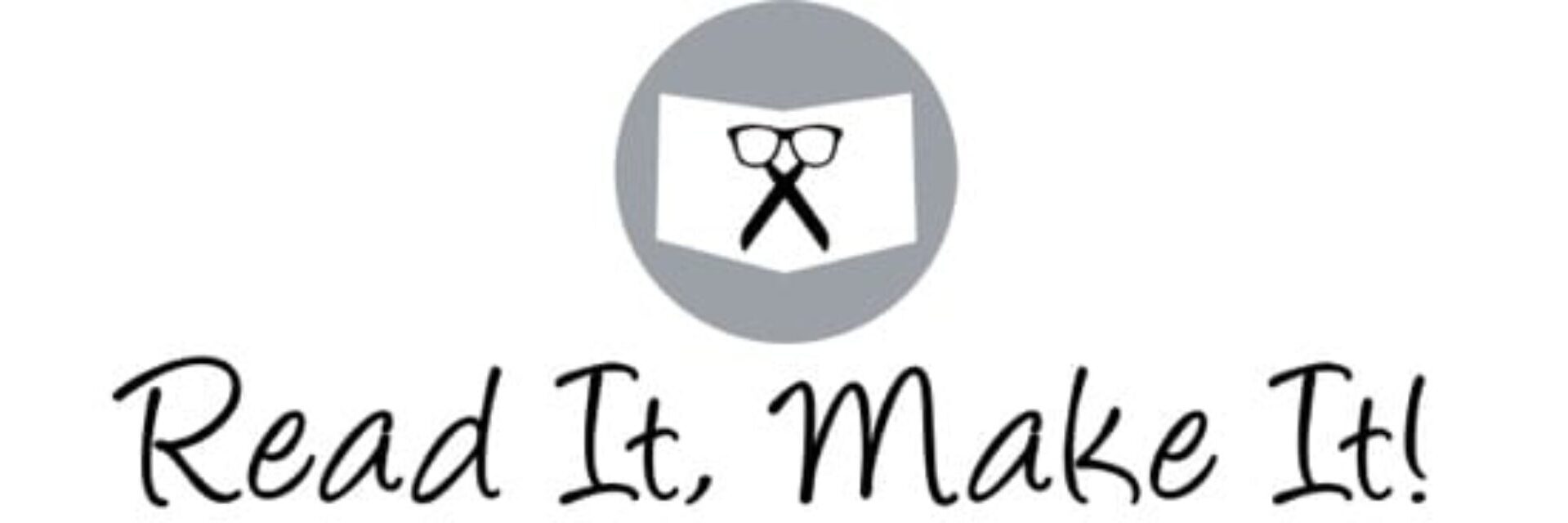Books about the American Revolution.

In my last post, I told you a sad tale of woe. I won’t repeat it – it’s just too depressing.
Instead, I’d prefer to help solve the problem. The American Revolution is the sort of time period where there’s something for everyone: intrigue, battles, fancy outfits, fascinating letters, outrageous characters, ordinary people whose lives became extraordinary in an instant, and stirring rhetoric. While I will grudgingly admit that not everyone on the planet is going to love studying history, there’s really no reason why this time period should ever be labeled as “boring.”
{Now – you want to discuss the politics behind American monetary policy in the 1880s? I’ll grant you, that does get boring.}
In no particular order, I present some books I really love about the time period. Some are old chestnuts, and require some editing or conversation to reflect a more modern and thoughtful point of view. I’ll indicate that clearly, so that you’ll know what you’ll find inside.

This is a book that I think belongs in every classroom and home library if you’re going to discuss the American Revolution. Everybody’s Revolution (IndieBound/Amazon) combines the perspectives of many different groups of people to tell a narrative version of the war, its causes, and its impacts. While I’m a big fan of many of the Dead White Men commonly listed as Revolutionary-era heroes, I do think it’s important for kids to know that there were other people involved. Equally, in a classroom setting, I think it’s great for kids to see people who look like them portrayed in an important and heroic way.
This is a great book to use if you have kiddo who prefers to read in short snippets. You can pick a section or two and work through them together, then put this down and return to it later. You can also use it for some very basic research, because it turns out that there are research sources beyond Wikipedia. Who knew?

This was not a book I expected to like. However, the person who recommended it to me knew what she was saying, and now I think it’s great. George vs. George (IndieBound/Amazon) gives a two-sided view of the events of the Revolution. It humanizes King George III, and leaves the reader to decide whether or not the American colonists were entirely ‘right.’ For the record, I actually believe in old-school revolutionary mythology, but I think it’s always a good idea to share what the ‘other side’ was thinking.
This book is excellent for helping students learn to defend their position on an issue, and it also provides an opportunity for spirited debate, if you can find a person to take the Loyalist side, of course. For many years we taught students that every single person living in the American colonies sided with those who wanted to separate, and that just isn’t true. There were legitimate reasons why some people wanted to stay allied with, if not directly subject to, the British Crown, and it is worth explaining to kiddos that those reasons existed. This doesn’t mean you have to agree with them! (<— a very important thing, in our modern era, ahem)

Can’t You Make Them Behave, King George?, by the inimitable Jean Fritz (IndieBound/Amazon), uses a touch of humor to discuss the Revolutionary Situation. Fritz’s style is unique, and the engaging narrative makes students wake up and pay attention. It also, like George vs. George, helps humanize King George III, while managing to paint him as misguided and confused when it comes to the colonists’ grievances. As you might guess, this aligns quite nicely with my personal perspective.
This is a quick read for a fluently-reading fourth or fifth grader, so it’s an easy book to hand a child who has expressed an interest in delving more deeply into the Revolutionary War. It doesn’t get bogged down in details of statesmanship (or lack thereof), nor is it a military history. Young readers don’t get bogged down in historical details for which they have no prior knowledge, but it does expect students to have some prior exposure to the events of the time.
Note that because this is an older book, there may be situations or language that you have to explain a bit more than usual, but on the whole, I think it’s still home and classroom appropriate. Jean Fritz wrote extensively about this time period, and any of her books would provide a curious upper elementary student with good reading material.

Leonard Everett Fisher’s Colonial American Craftsmen series is worth finding if you have a child who’s more interested in people than events. The image above is from Tanners (IndieBound/Amazon), but there are books on professions that run the gamut from Limner to Homemaker. While sadly out of print, these are very easy to find used, and even just one or two of the selections would be a great case study for ‘ordinary life’ during Revolutionary times. We tend to forget that many of these jobs had to continue, regardless of what was happening militarily.
And finally, for those who will have nothing but the most authentic sources, the Library of Congress has curated a set of links to their holdings related to events and people of the Revolutionary period. You can find that here: http://www.loc.gov/teachers/classroommaterials/themes/colonial-america/collections.html. The Smithsonian has has a few sets of source-linked lesson plans, complete with images of artifacts: http://www.smithsoniansource.org/display/topic/viewdetailshis.aspx?TopicId=1004.
If you find something that works particularly well for you and the little readers in your life, please let me know! As you know, I adore finding a new book. Happy reading!
